To avoid direct reflection, light glass from behind.
The glass on the left was shot with diffused backlight.
Photograph a glass of water using backlight. Turn off all other lights so that there is no direct reflection.
Put the glass on white plexi or place one glass on top of an identical upside down glass in front of a white wall or other white background that fills the frame behind the glass.
Use a black card to cut the light along the end making it dark and giving the glass form.
Think abut the ellipses in the glass as you choose the angle of view. A low angle will make the glass appear larger and more “heroic.”
Photograph the glass so that there is no direct reflection.
Then create two photos of your glass filled to the midpoint with water: one where it is clear from the image that the glass is half full (optimistic) and one where the glass is half empty (pessimistic.)
Put a minimum of 20 photos in an album on Flickr and send your best one half full image and your best 1/2 empty image to the class group.
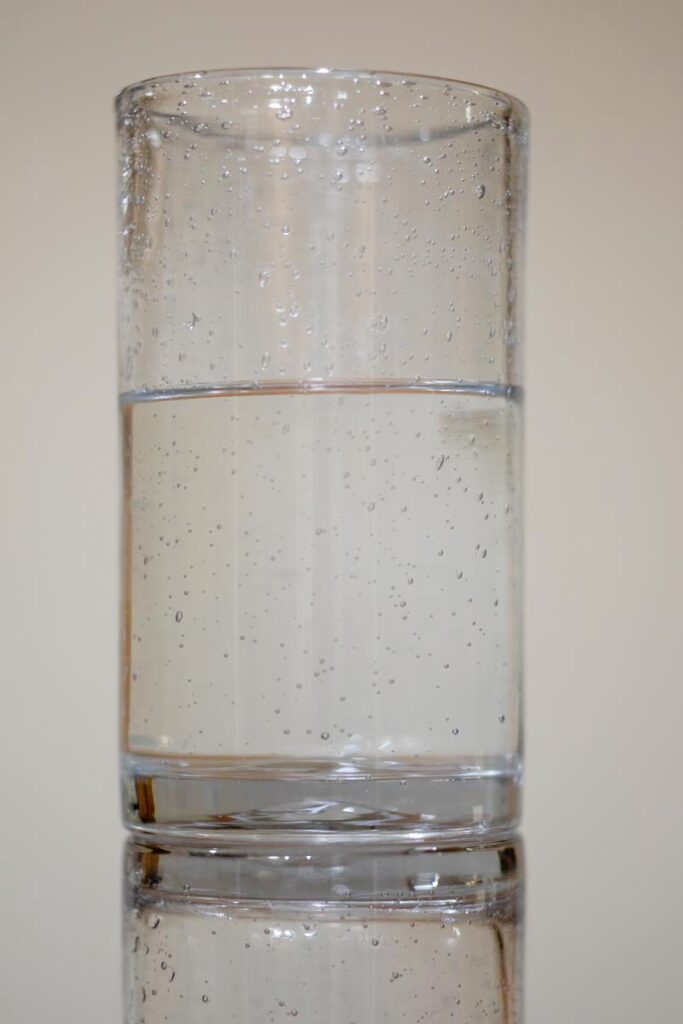
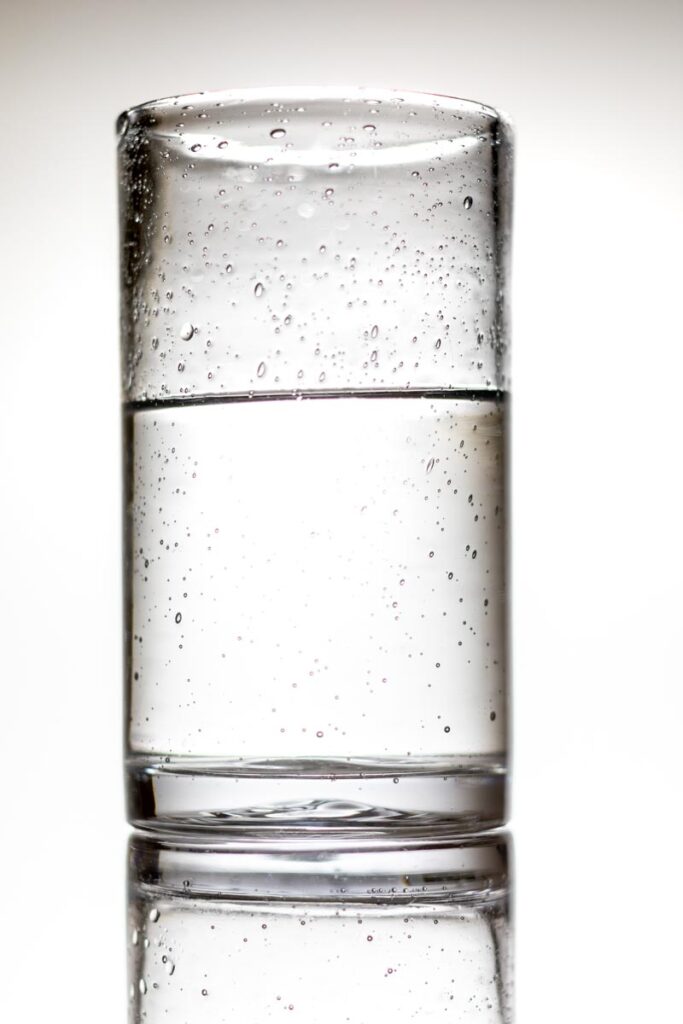

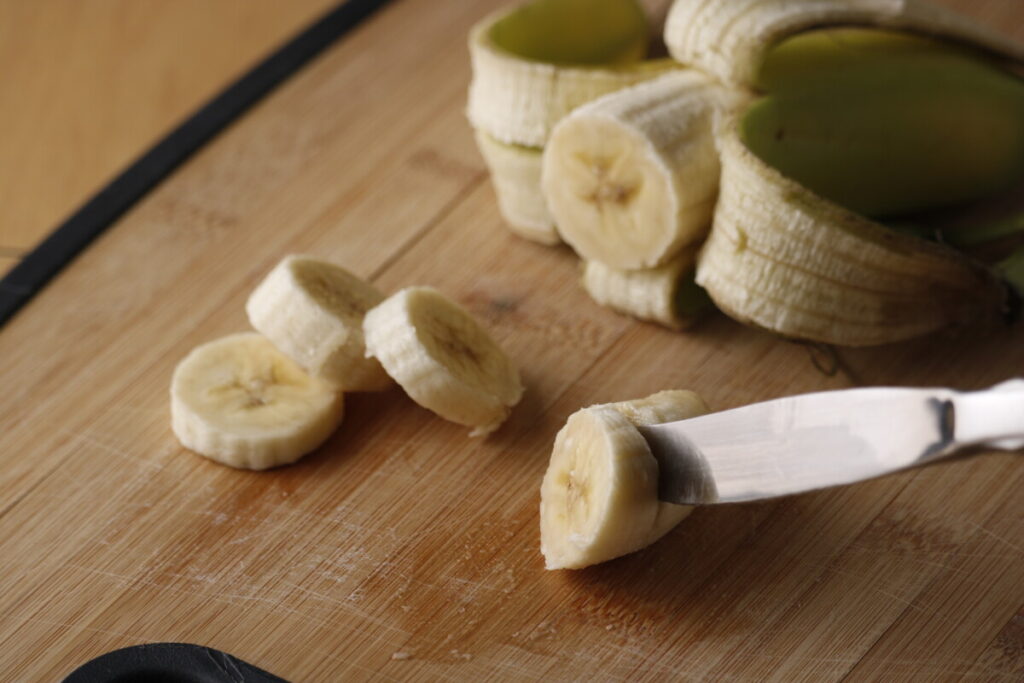
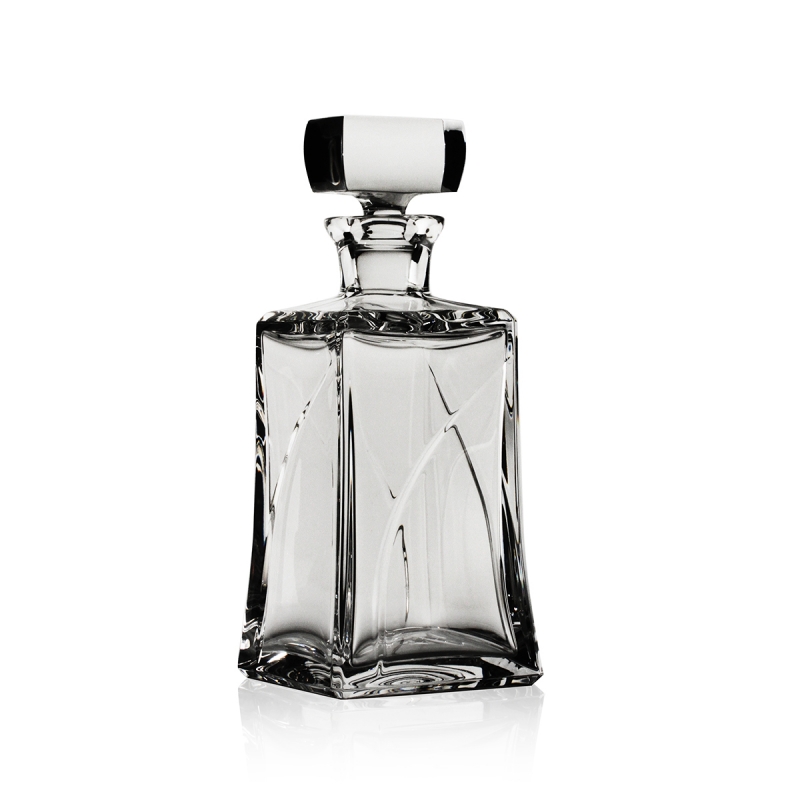
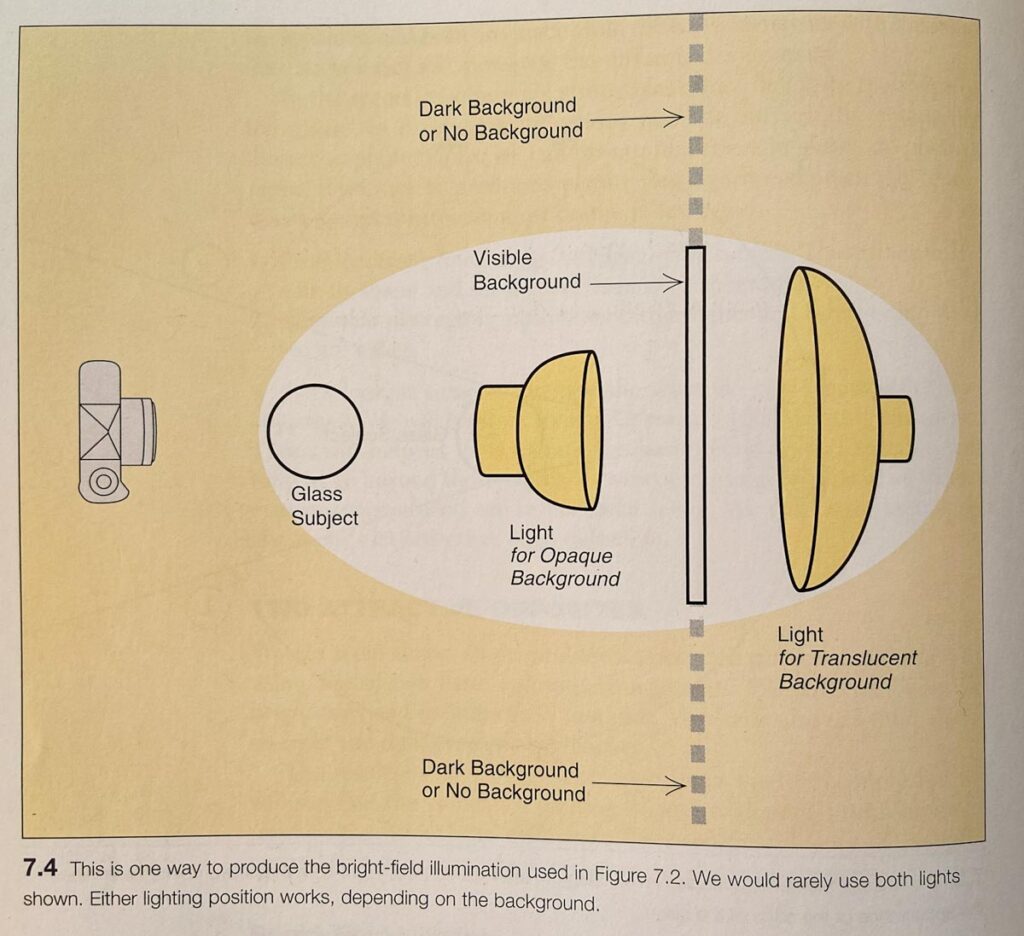
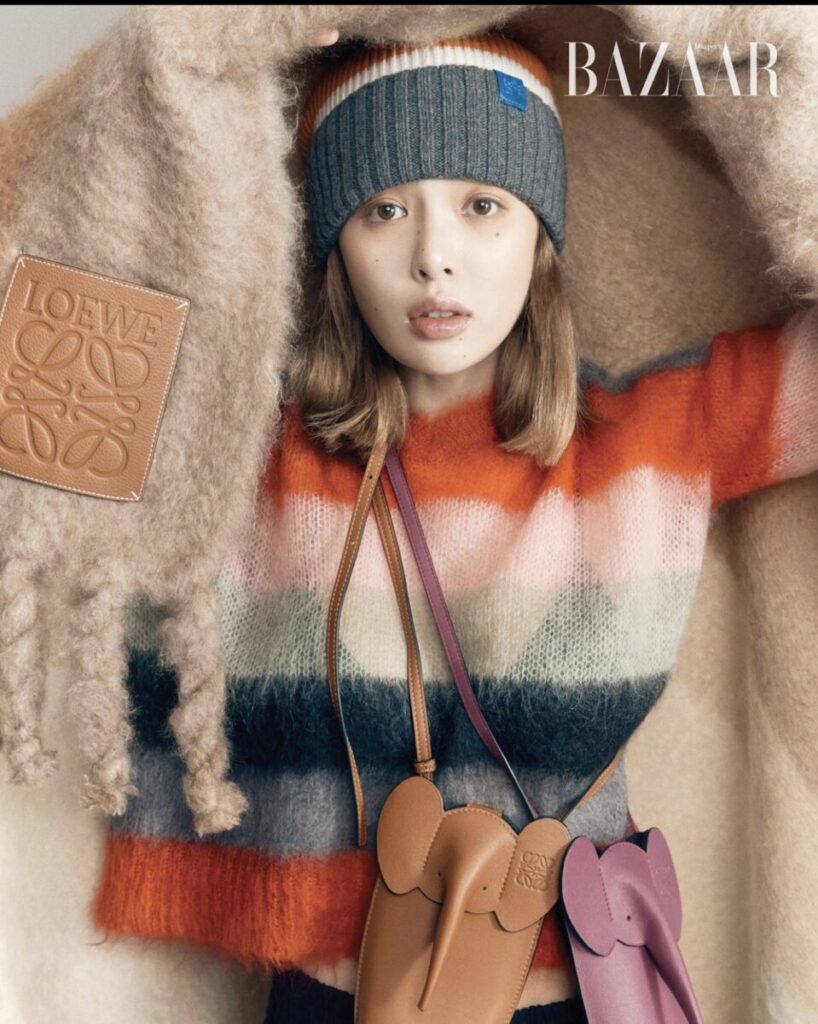
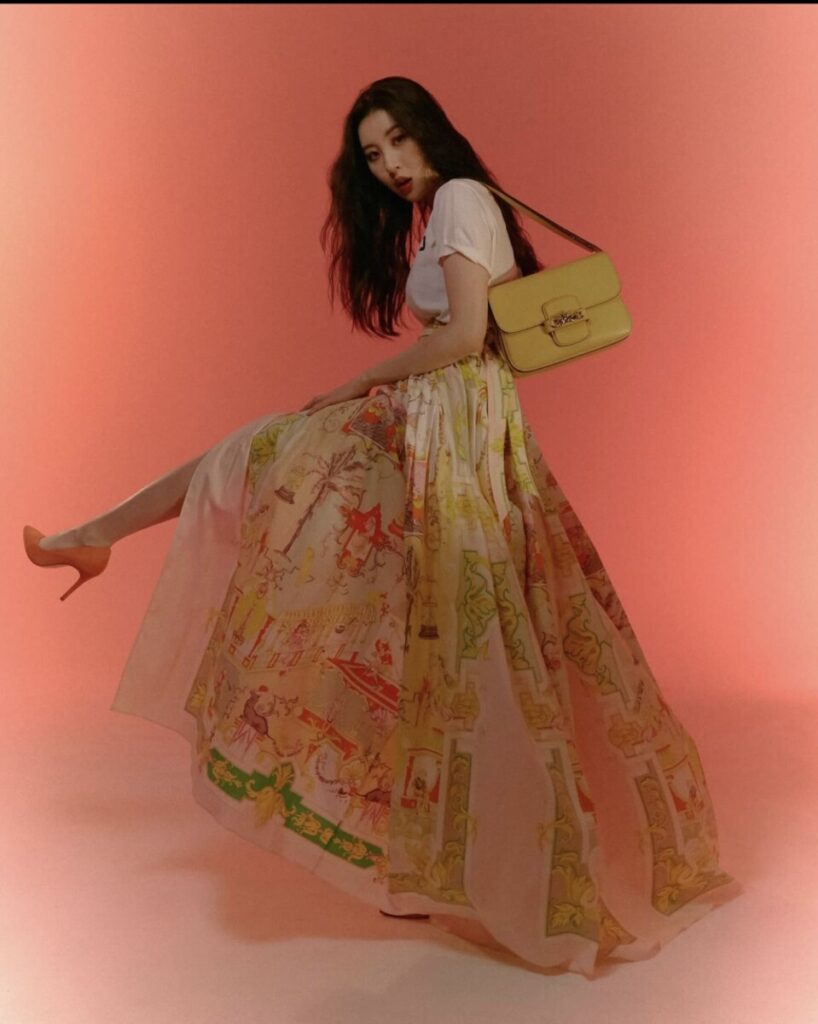

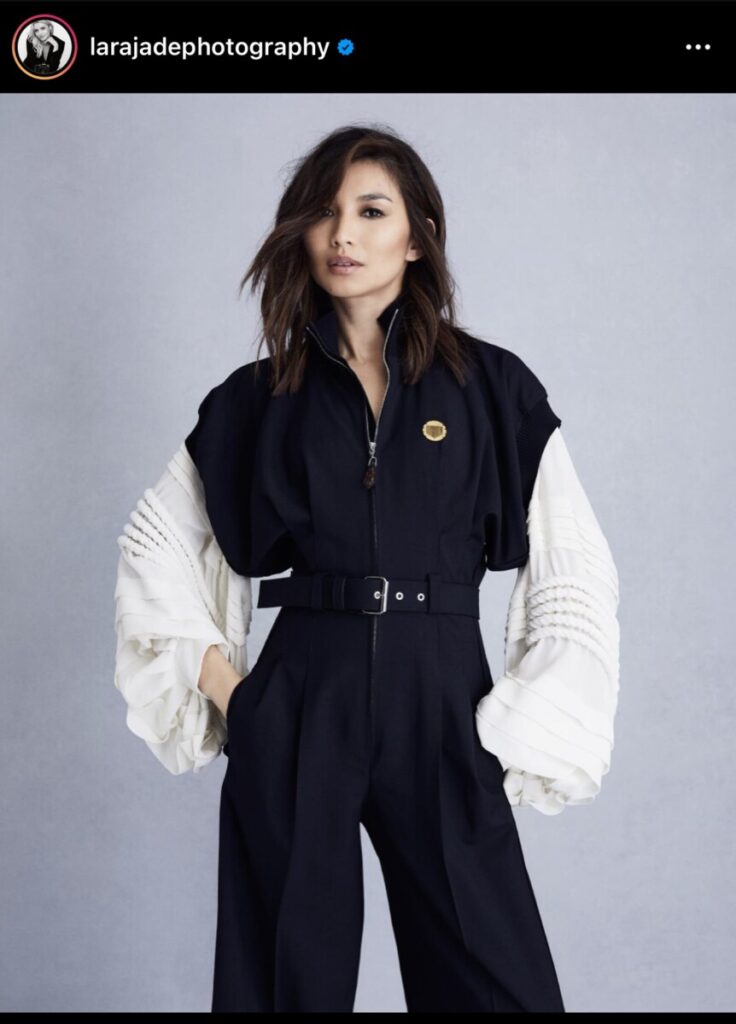
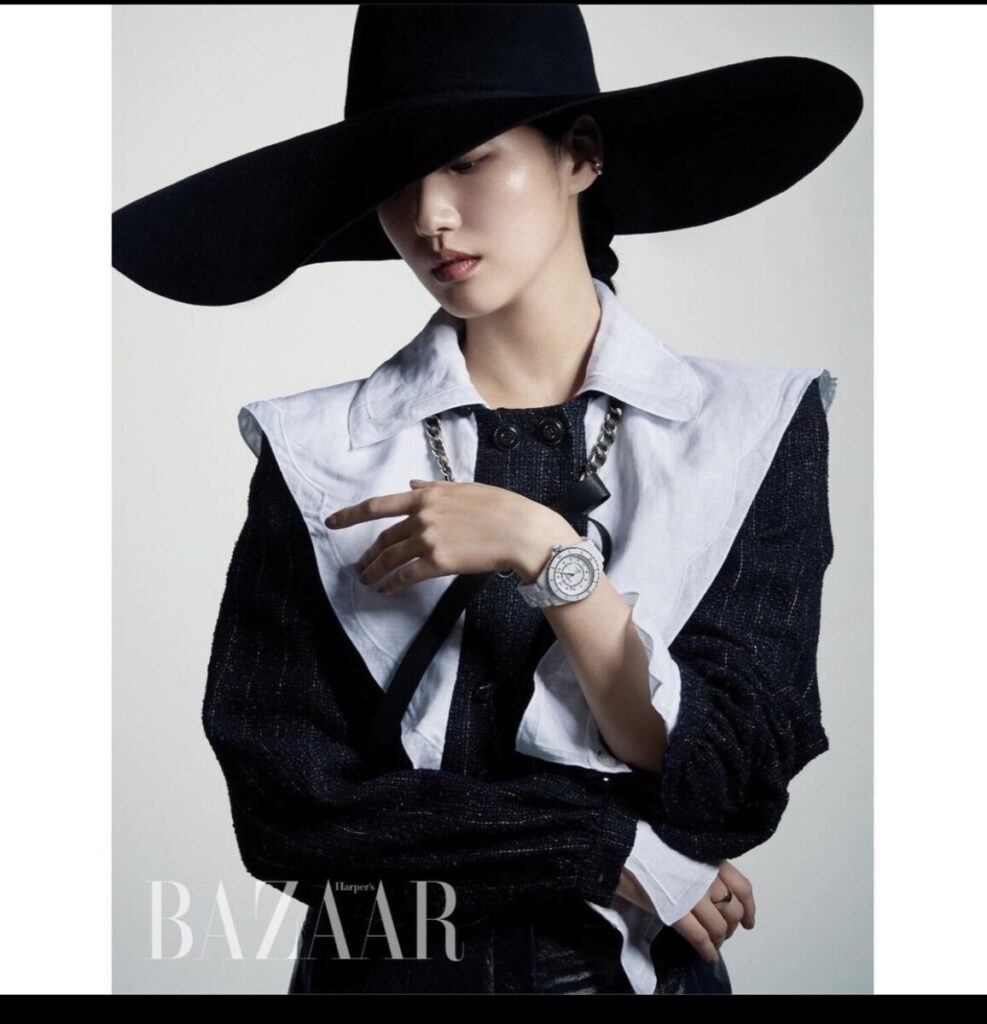
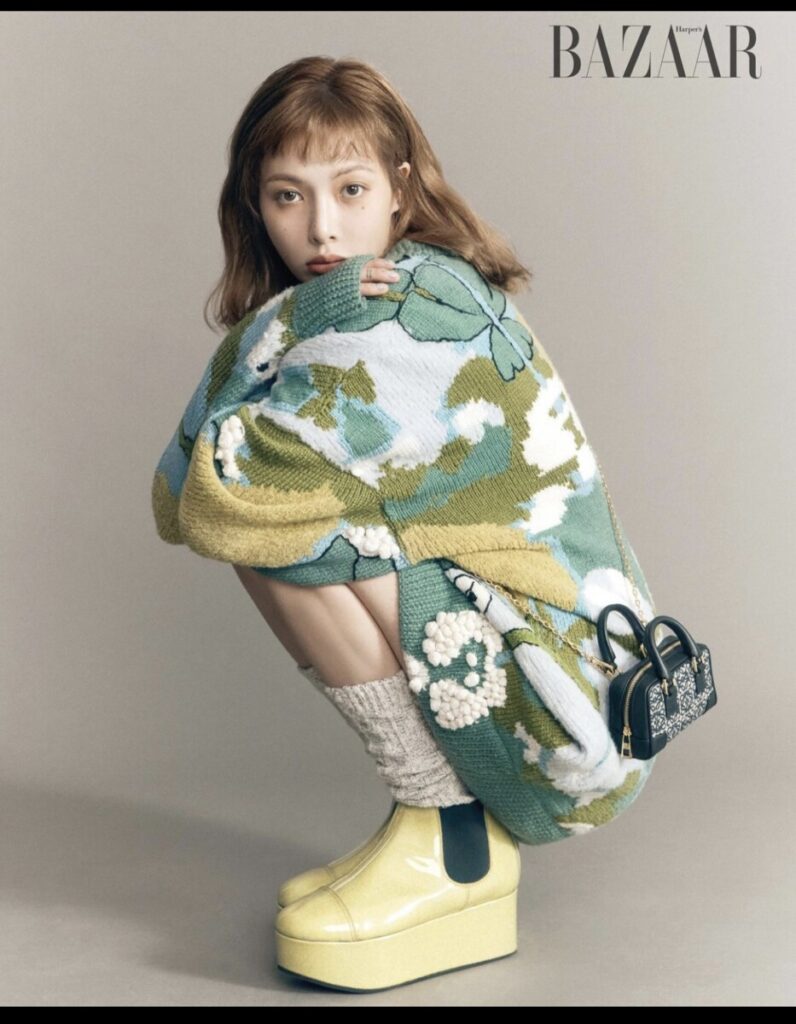




Recent Comments